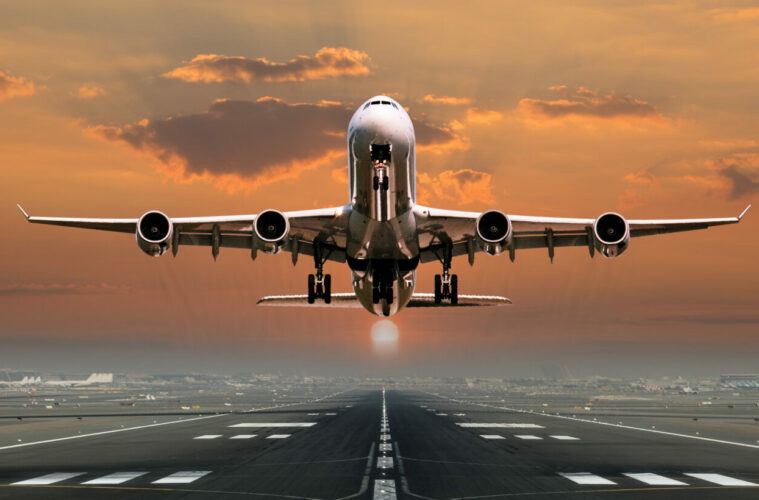As news of the on-going climate crisis continues to dominate headlines, more than 200 European airports have committed to reaching net zero carbon emissions by 2050. Anthony Pearce reports
In a bid to make travel less damaging to the planet, ACI Europe, the trade association for European airports, has said achieving net zero carbon emissions (which means emissions are balanced by absorbing an equivalent amount from the atmosphere) will “maintain aviation’s societal relevance in the face of the climate emergency”.
The body, which represents more than 500 airports in 45 European countries, is made up members that facilitate more than 90 per cent of commercial air traffic in Europe.
Based in Brussels, it serves the European airport industry and works with other ACI regions throughout the world. In June, more than 200 of its members committed to achieving net zero carbon emissions for operations under their control by 2050, without offsetting.
The pledge has so far been undersigned by 203 airports, who account for 64 per cent of the continent’s air traffic, which individually committed to the same goal.
The list of airports includes London City, Gatwick, Heathrow, Stansted, East Midlands, Manchester and Edinburgh, as well as Dusseldorf, Frankfurt, ANA Aeroportos de Portugal and Paris CDG.

British Airways owner, IAG, said airports had reiterated their call for Europe to adopt policies that effectively facilitate and enable the “decarbonisation of aviation”.
Olivier Jankovec, director general of ACI Europe said: “IAG’s new climate targets are excellent news and should be applauded. Collective industry leadership is crucial to maintain aviation’s societal relevance in the face of the Climate Emergency.
“While achieving carbon-neutral growth as of 2020 is an important and needed first step, we all need to go beyond that – and set a long-term ambition for Net Zero for the sector.”
ACI Europe estimates that the commitment will remove about 3.5 million tonnes of CO2 emissions annually.
To put this into perspective, in 2018, worldwide flights produced 895 million tonnes of CO2, as reported by International Air Transport Association (IATA). Globally, humans produced over 42 billion tonnes of CO2 last year. Aviation was responsible for about 2 per cent of these emissions.
The airports will follow the lead of Luleå, Ronneby and Visby in Sweden, the only net zero airports in Europe. All are operated by Swedavia, which aims to achieve net zero emissions for all its airports by 2020.
IATA, a trade body representing almost 300 airlines, has committed to capping net CO2 emissions from 2020 and reducing net CO2 emissions by 50 per cent by 2050.
“Europe’s airports stand ready to help and support IAG in its endeavours, and we hope that other airlines will quickly follow its lead,” said Jankovec. “But, beyond airlines, Air Traffic Management (ATM) must also get aligned and contribute. I am increasingly hearing voices downplaying the role that ATM can play in decarbonisation – this is simply not acceptable. There can be no justification to defend the status quo.”
How will airports achieve carbon neutrality? Innovations such as biofuels, electric planes and newer, more fuel-efficient planes will help. But the best technology for removing carbon dioxide from the air comes in the form of plants and trees.

